Lens Review – TTArtisan 75mm F1.5 “Swirly Bokeh”
On TTArtisan, Biotars and Adapting M42
TTArtisan (not to be confused with fellow Chinese lens manufacturers 7artisans) has recently started remaking almost 1 for 1 very special and unique lenses from yesteryear, the most recent being the 75mm F1.5 based on the legendary double-gaussian Biotar design from Zeiss Jena. Before this, they released a 100mm F2.8 “Bubble Bokeh” based on the Meyer-Optik Trilopan, but as a Fujifilm X shooter, I felt that lens was a little longer than I was comfortable with on APS-C, So color me excited when I found out that they were remaking the 75mm Biotar. A good 75mm Biotar goes for around $3,000 USD, and as suc,h many people, not just myself, have been unable to experience what a telephoto Biotar is like.
The vintage 58mm F2 Zeiss Jena and its Russian offspring, the Helios 44 series, are still available and ever gaining popularity, most recently due to their use by Greig Fraiser in Dune Part 2. Though depending where you are in the world a clean example can still be fairly hard to come by. The Zeiss Biotars are far from plentiful, and the consistency amongst the Helios(es?) is to be put nicely, poor. You can buy half a dozen Helios 44’s and have six different lenses. Though direct homages like this are what I would usually file under “Chinese copy” and not look twice at, TTArtisan is gaining a rather good reputation helped by that aforementioned Trilopan.

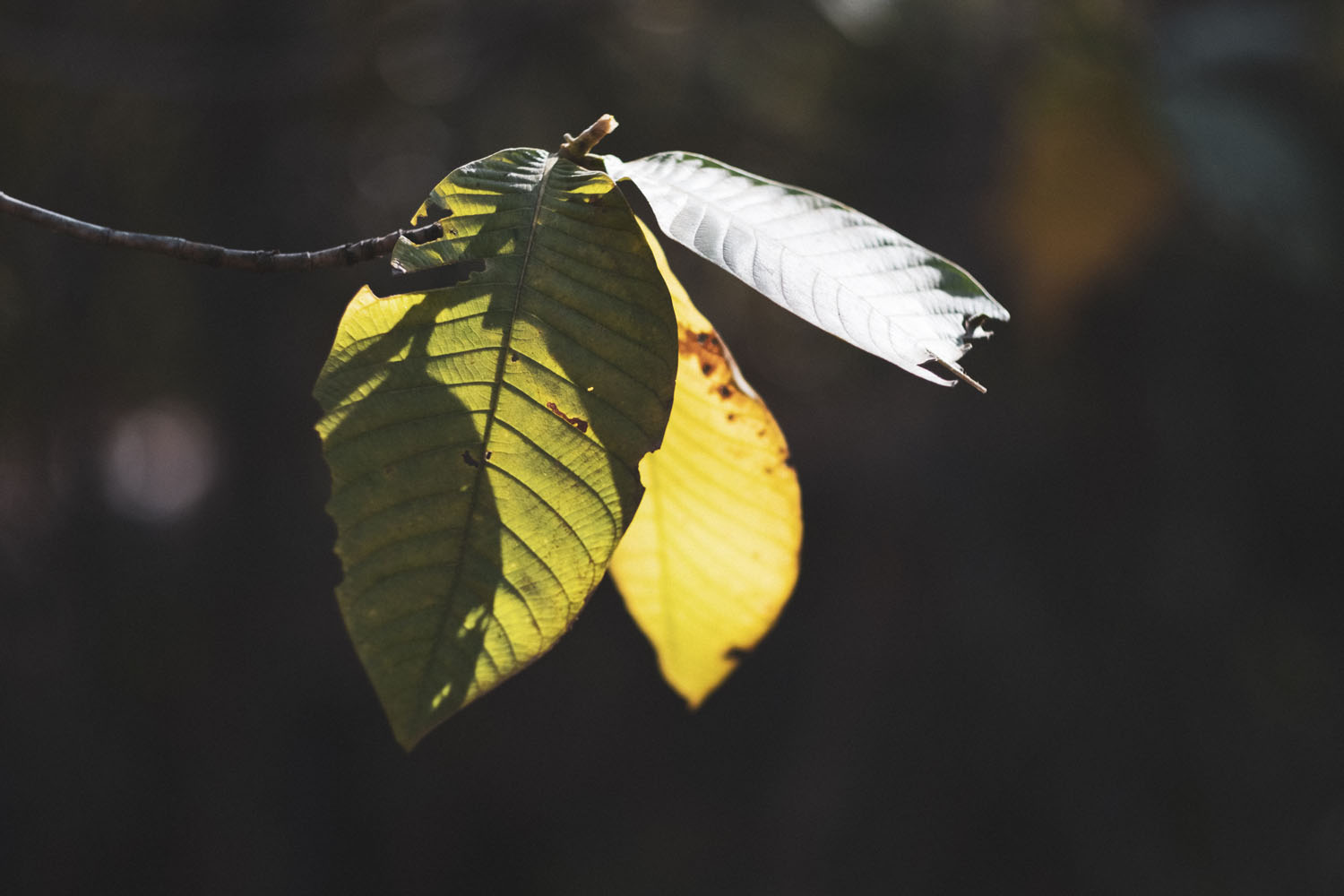

RIGHT: Fuji X-T5 . TTArtisan 75mmF1.5 . 1/750″ . ISO 500
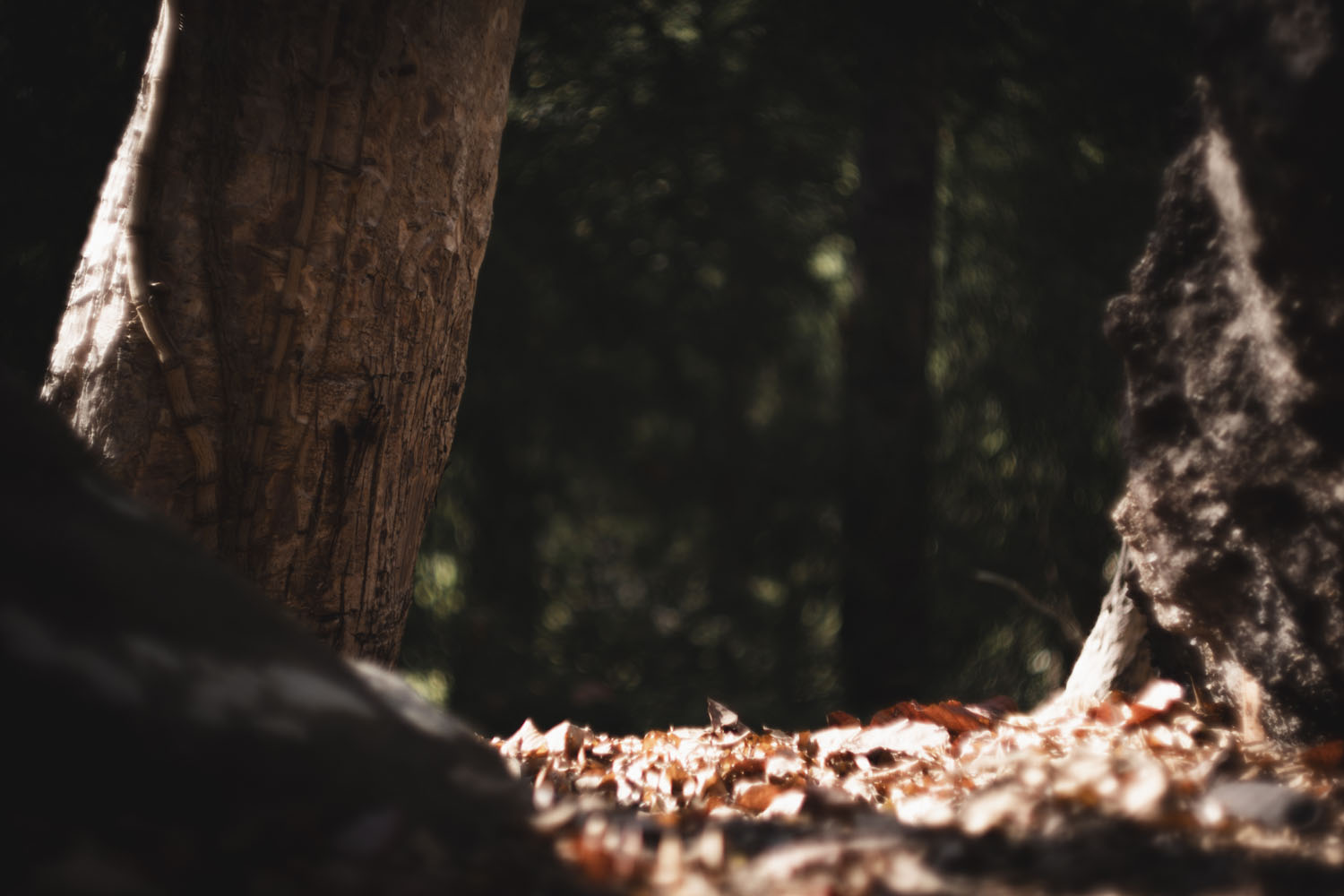
The fact that Zeiss has not produced this lens for many decades means I am willing to give them the benefit of the doubt that they are something more than just copies, a standard I will hold them to in this review. This is, as the heading states, a lens you will need to adapt as it is remade in its original legacy M42 mount configuration. When purchasing this lens, you will be given an option of lens mount and provided a suitable adapter or alternatively can get it without one (which is how TTArtisan sent me this copy for review). I paired the lens with an adapter from K&F Concept, a brand whom I have had good experiences with build quality and tolerances. You don’t want to skimp on adapters, but you also don’t need to overspend. I found with my 75mm I needed to re-clock the barrel, by loosening three Allan head screws and turning it to line up correctly. It’s a simple task (and not compulsory) but one that may be offputting for a first timer.

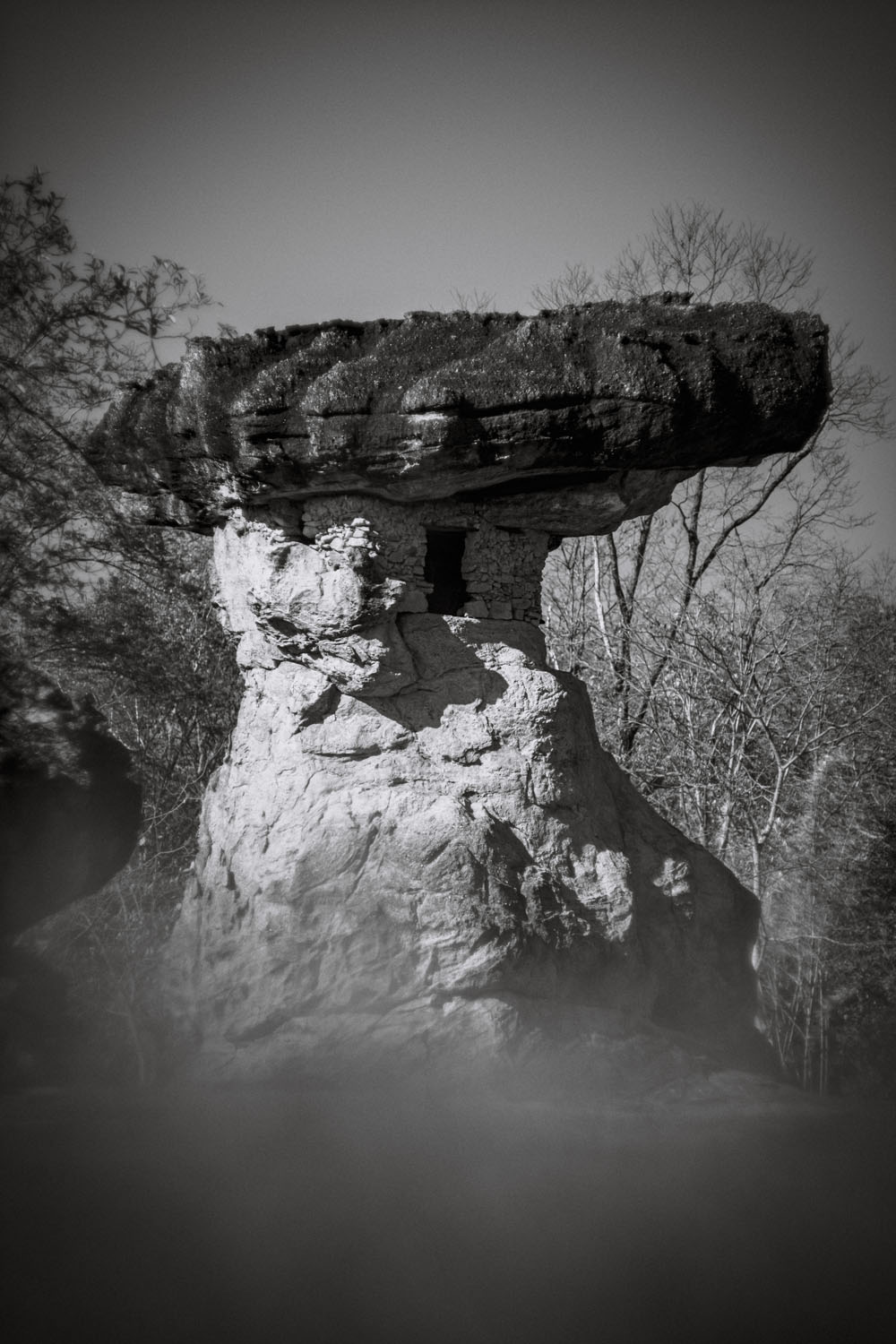
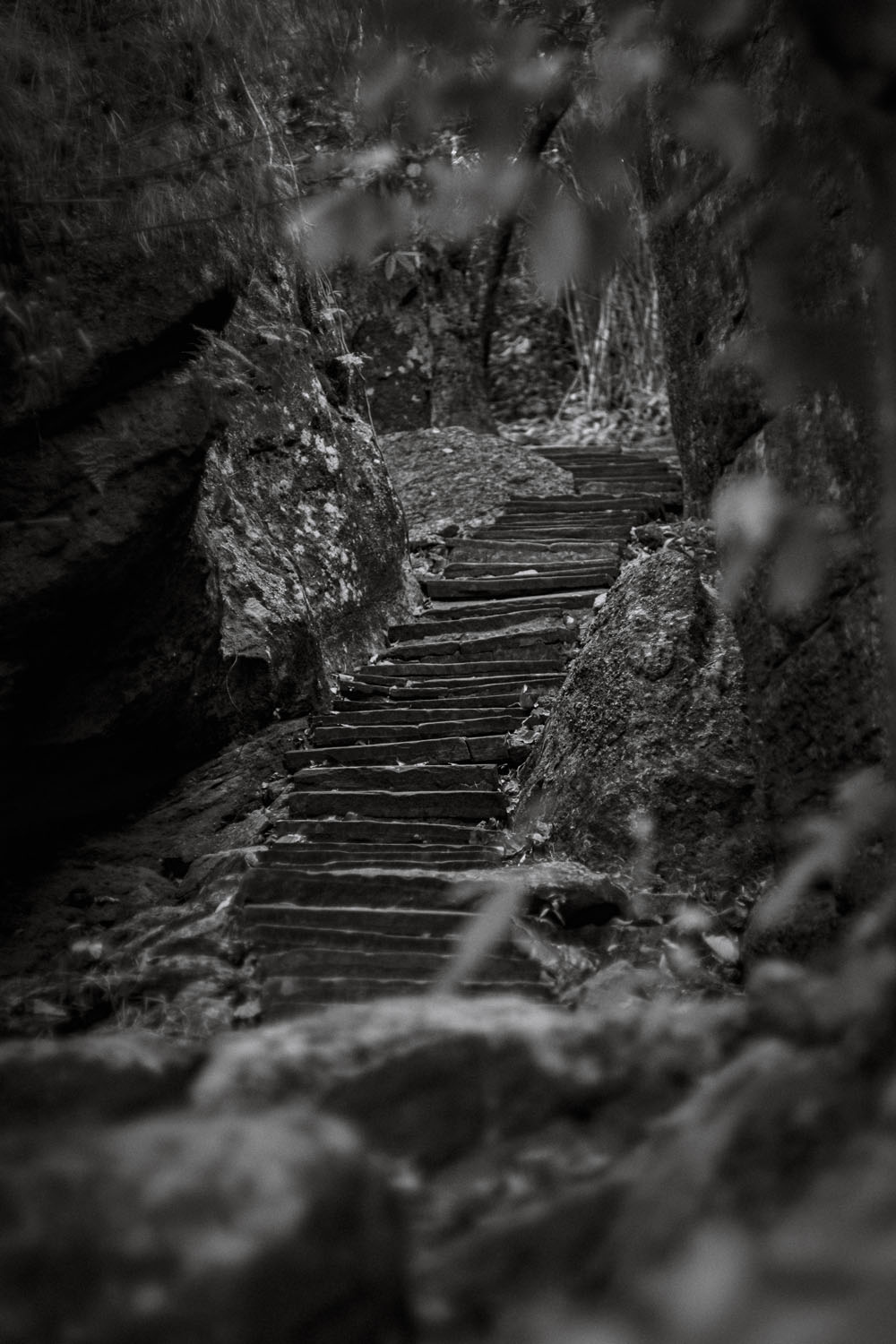
RIGHT: Fuji X-T5 . TTArtisan 75mmF1.5 . 1/250″ . ISO 640

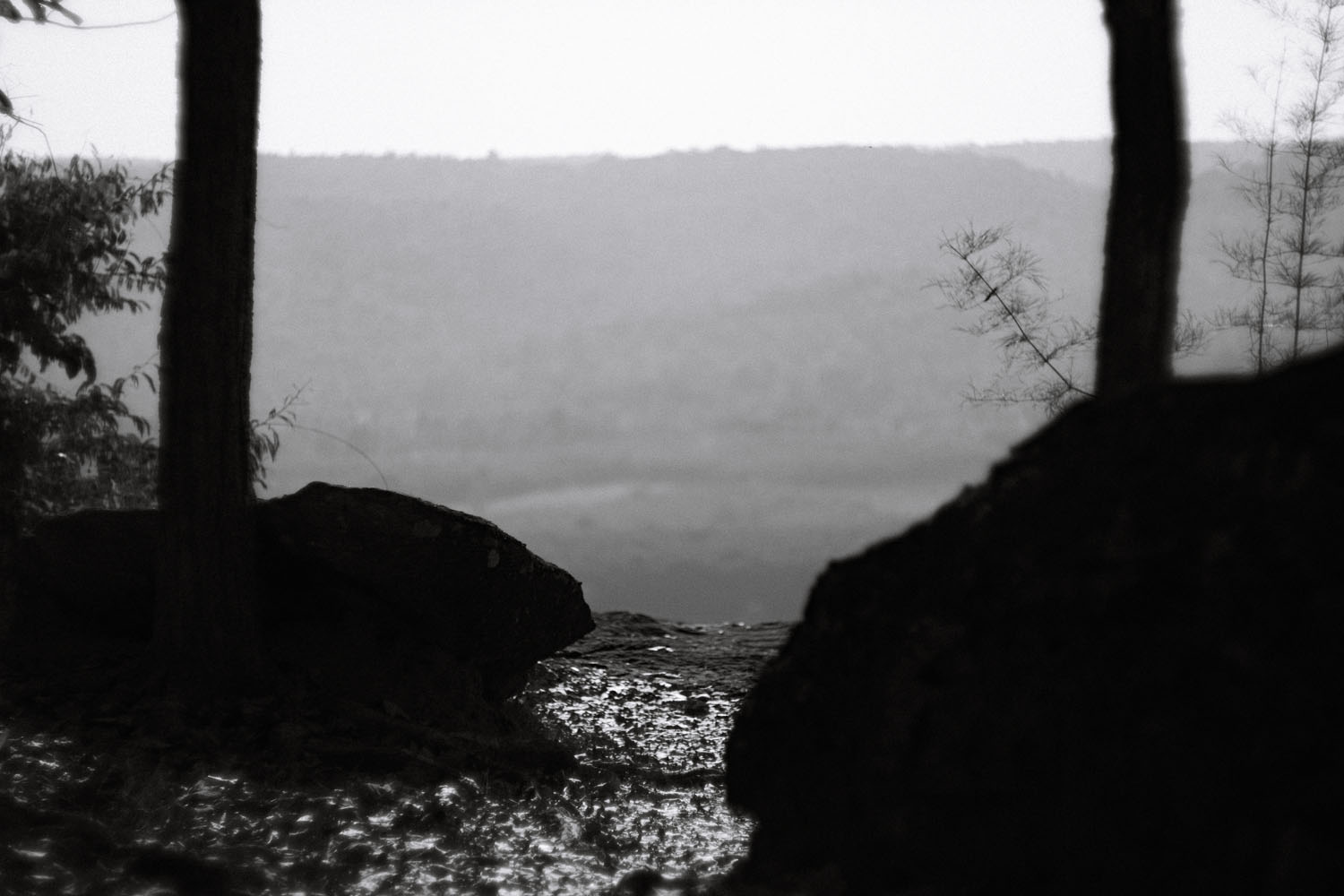
RIGHT: Fuji X-T5 . TTArtisan 75mmF1.5 . 1/38000″ . ISO 500
The TTArtisan product page has a straightforward tutorial for you to follow, and it’s things like this that put them in the price category they are able to. I like vintage lenses, and I like unique options that can get you out of a creative rut or that aren’t available within the Fujinon lineup and this lens ticks both boxes, being a much-needed 75mm (roughly 105mm Full-Frame field of view) and (it seems that I may be simple to please) swirly bokeh. I won’t get into the habit of spoiling reviews at the beginning, but if like me, you have always wanted to try the legendary 75mm Biotar and perhaps $250 USD is not the be-all and end-all to you for a fun art lens – buy it.
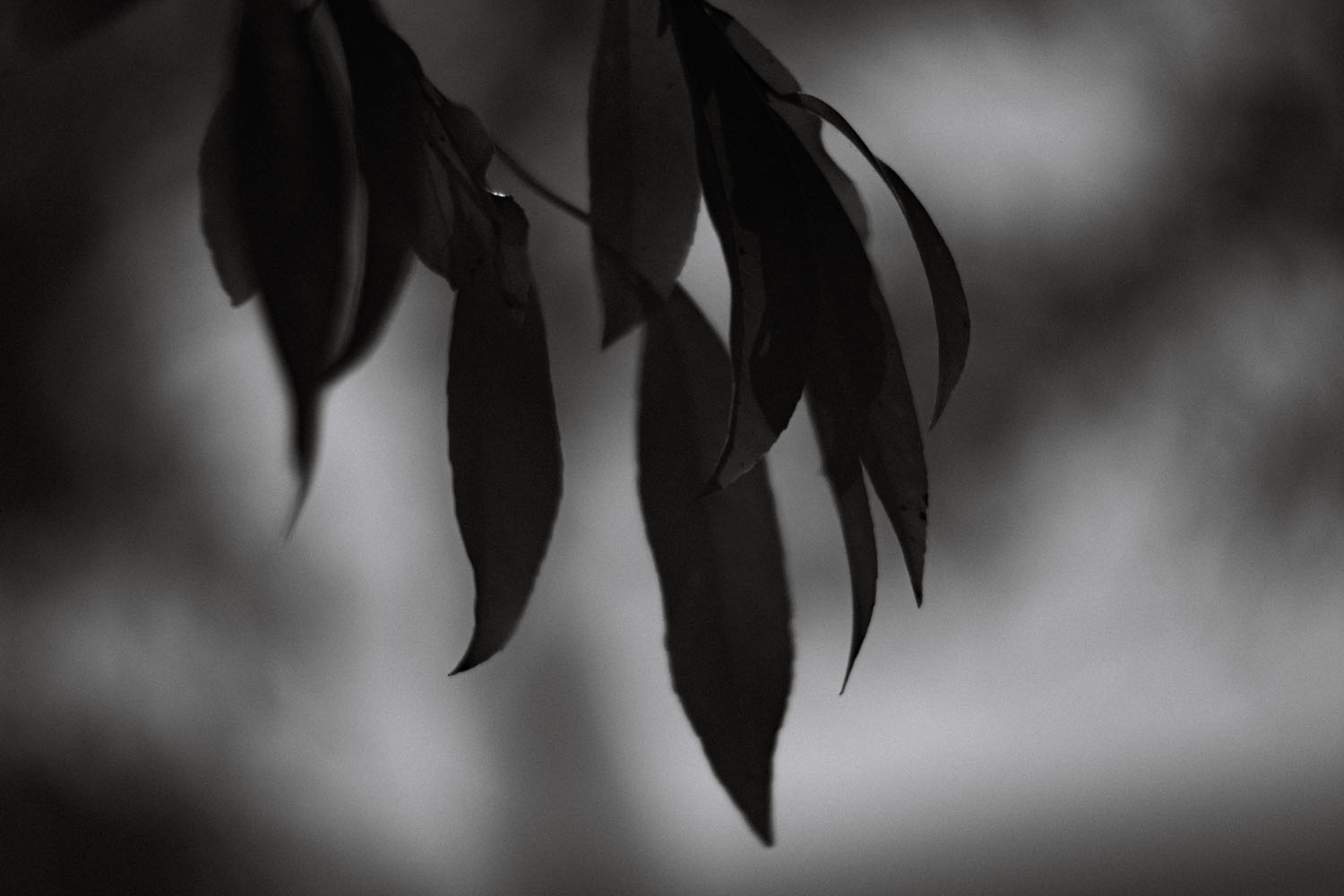
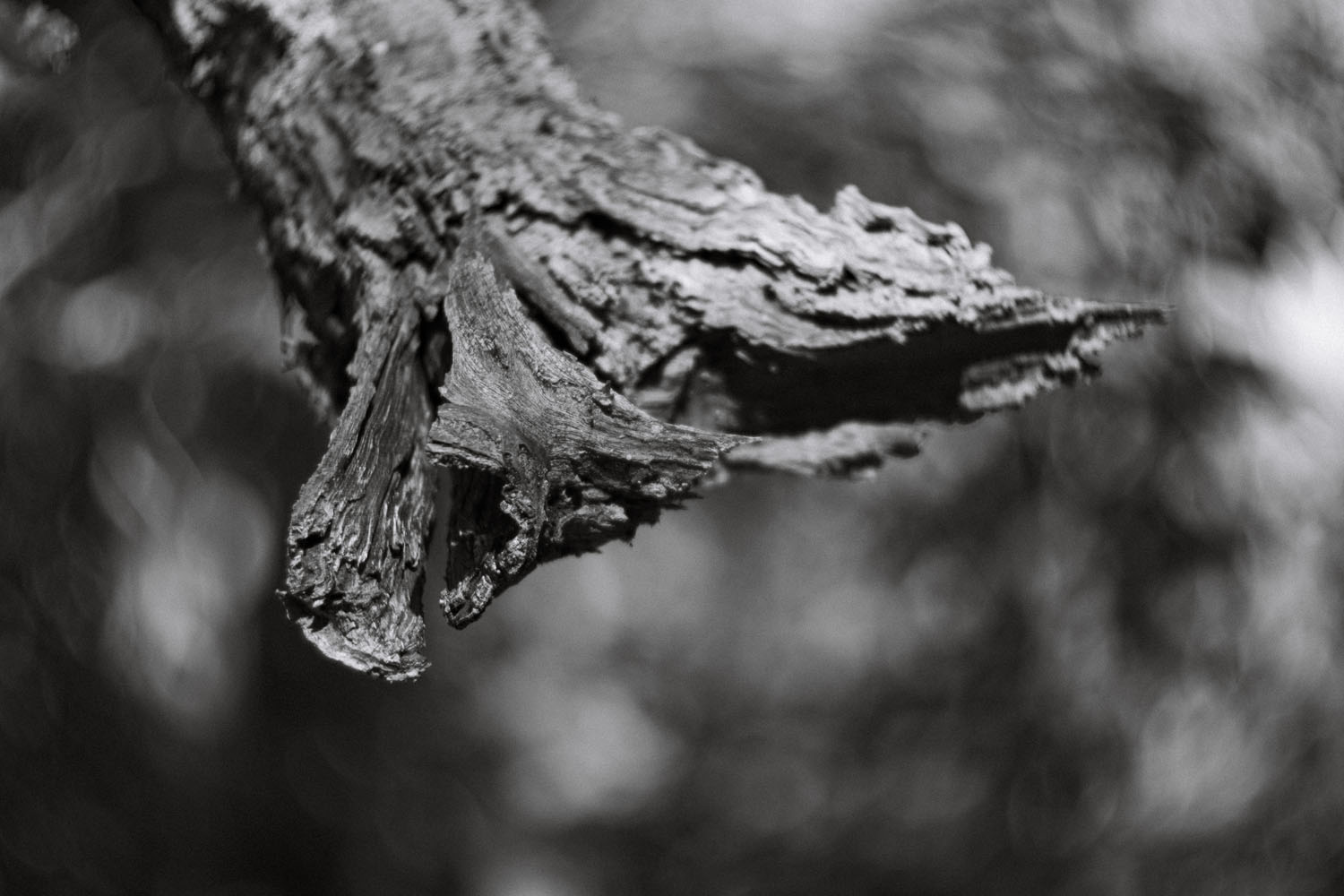
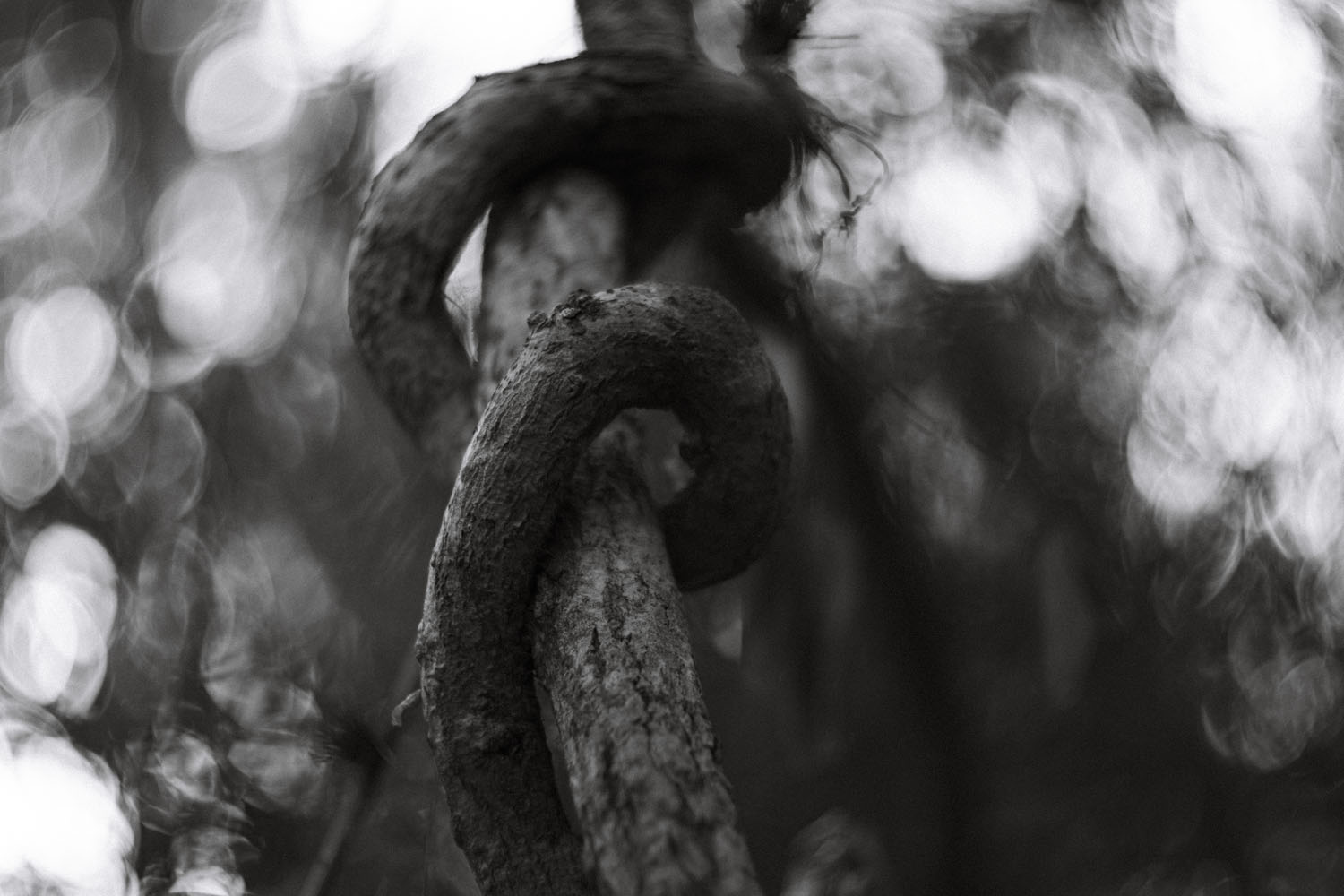
RIGHT: Fuji X-T5 . TTArtisan 75mmF1.5 . 1/900″ . ISO 500
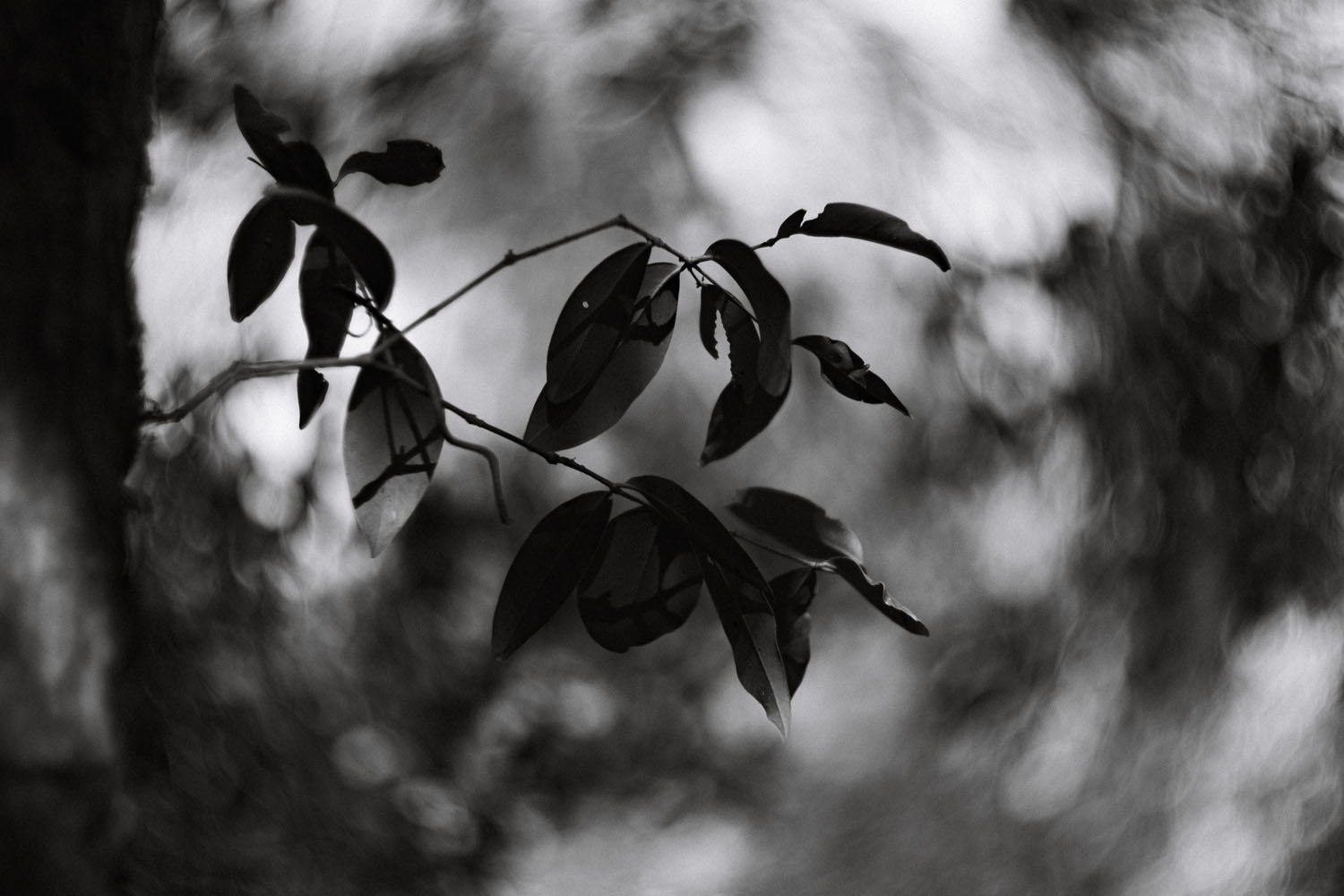
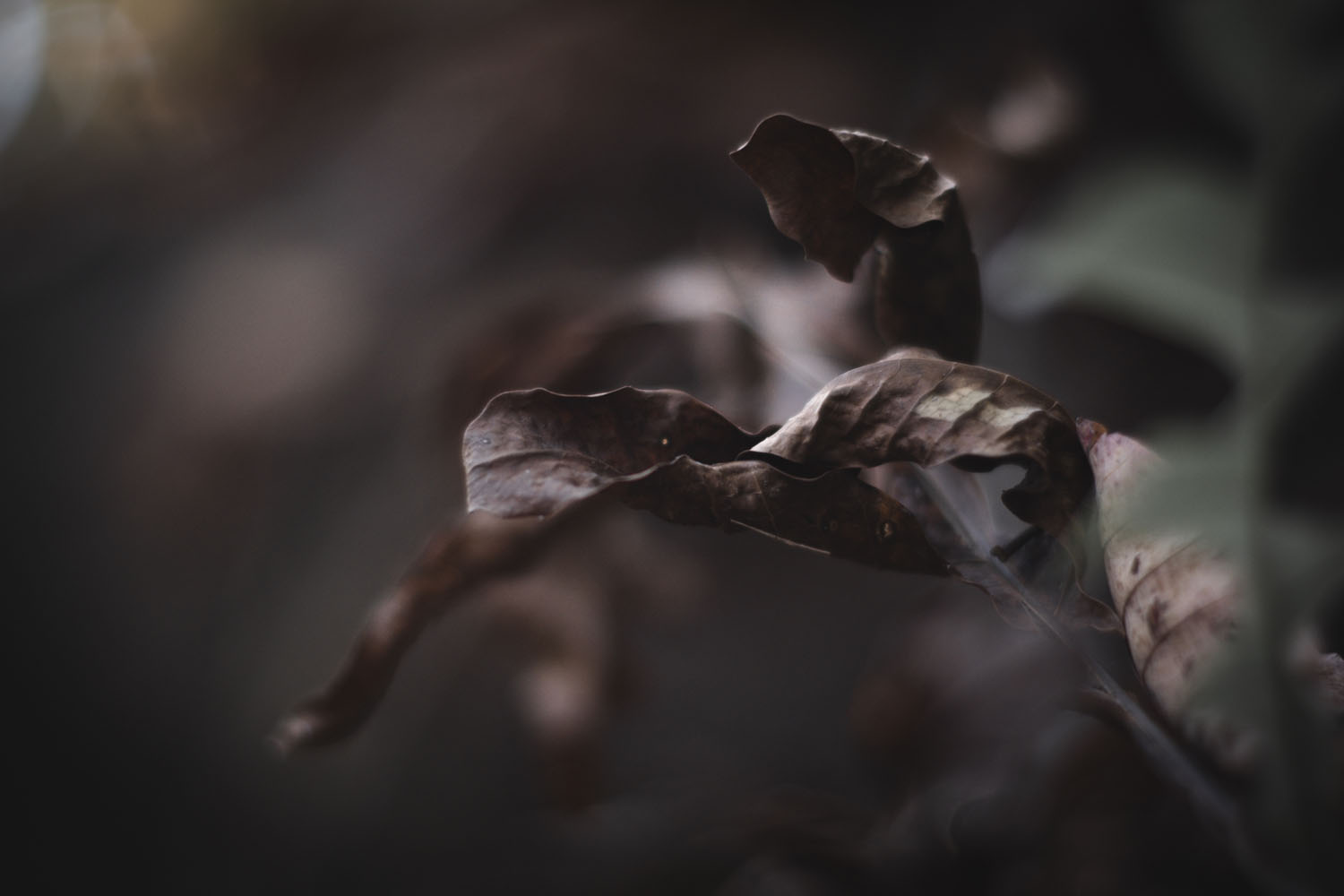
RIGHT: Fuji X-T5 . TTArtisan 75mmF1.5 . 1/250″ . ISO 1250
Manufacturers Specifications
Focal Length – 75mm
Maximum Aperture – F1.5
Minimum Aperture – F16
Optical Design – 6 Elements in 4 Groups
Angle Of View – 32° Full Frame (approx. 22° on Fuji X or 41° on GFX)
Diaphragm Blades – 9 Bladed Clicked Aperture
Minimum Focus Distance – 0.75m
Filter Thread – 58mm
Build & Styling
The TTArtisans 75mm F1.5 is not only an optical recreation of the famous Zeiss Biotar, but visually, it is almost identical to the “Version 3” Biotar whose production run was from 1952 to 1968. It puts into perspective how crazy short modern product cycles have become. Of all the versions of the Biotar, this one is the most visually distinct and recognisable, being the version that the evergreen Helios 44-2 also imitated. The design itself is bare bones, everything chosen for minimal production methods needed. Whilst unique and identifiable, I can’t say it is a design that is good looking, (for those who care about such things), but you can see the photos of it on the X-T5 and make your own minds up if it is your thing. One departure that TTArtisan made from the original, which affects the optics and usability section of the review as much as the build, is the drop-down to 9 aperture blades on a single clicked ring. Now the single clicked ring is certainly an upgrade for mirrorless photographers, but it does take away that usability with a film camera of having the twin ring preset aperture, allowing for quickly stopping down the lens after attaining focus on an SLR- chances are this won’t matter to you. If you are a film photog wanting this for your 35mm cameras as well, you can weigh the tradeoff.
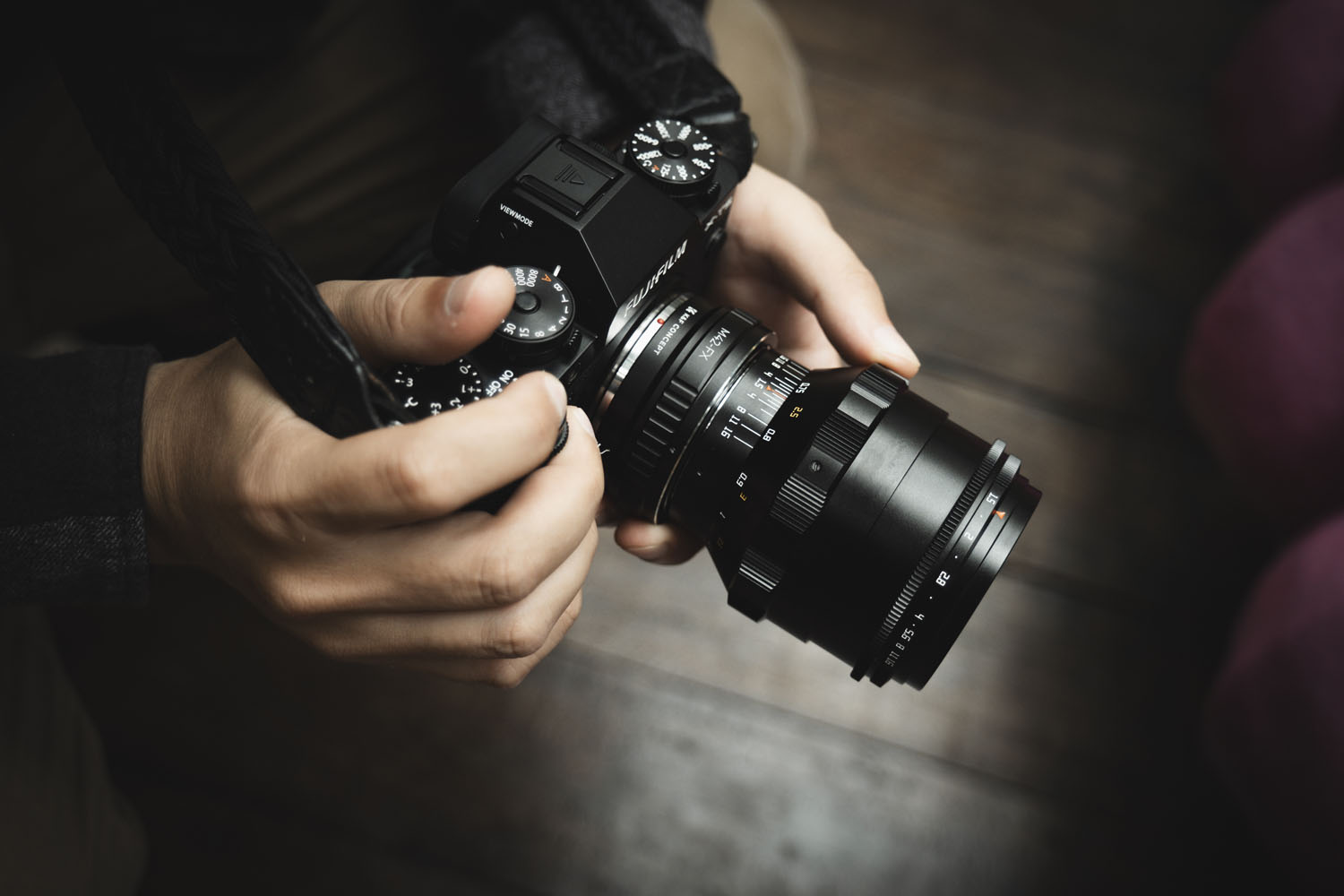
Optics
It’s a Biotar. Six elements in four groupings, front and rear being double-gaussian. Very simple optical design that creates these glorious swirls. That’s what we are all here for, this is an art lens in every meaning of the word. I can’t compare this to the original Biotar as I have never been lucky enough to even come across one in person (and I have seen some rare lenses) so it will be off its own merit. It has one massive “flaw” that, in my opinion, makes this lens a must-buy, but also totally unusable outside of making swirls. The focus plane will only ever get between 30-40% area centre frame in focus. Nothing you can do will make those corners sharp. What this does, however, when shooting wide open, is give you that feeling of old large format Petzval lenses – a dreamy look when done right but almost nauseating when it misses the mark. Making use of modern manufacturing techniques, you can expect a far more consistent rendering across the board with the TTArtisan when compared to those of yesteryear, and will perform pretty much identically to any other TTArtisan 75mm F1.5.
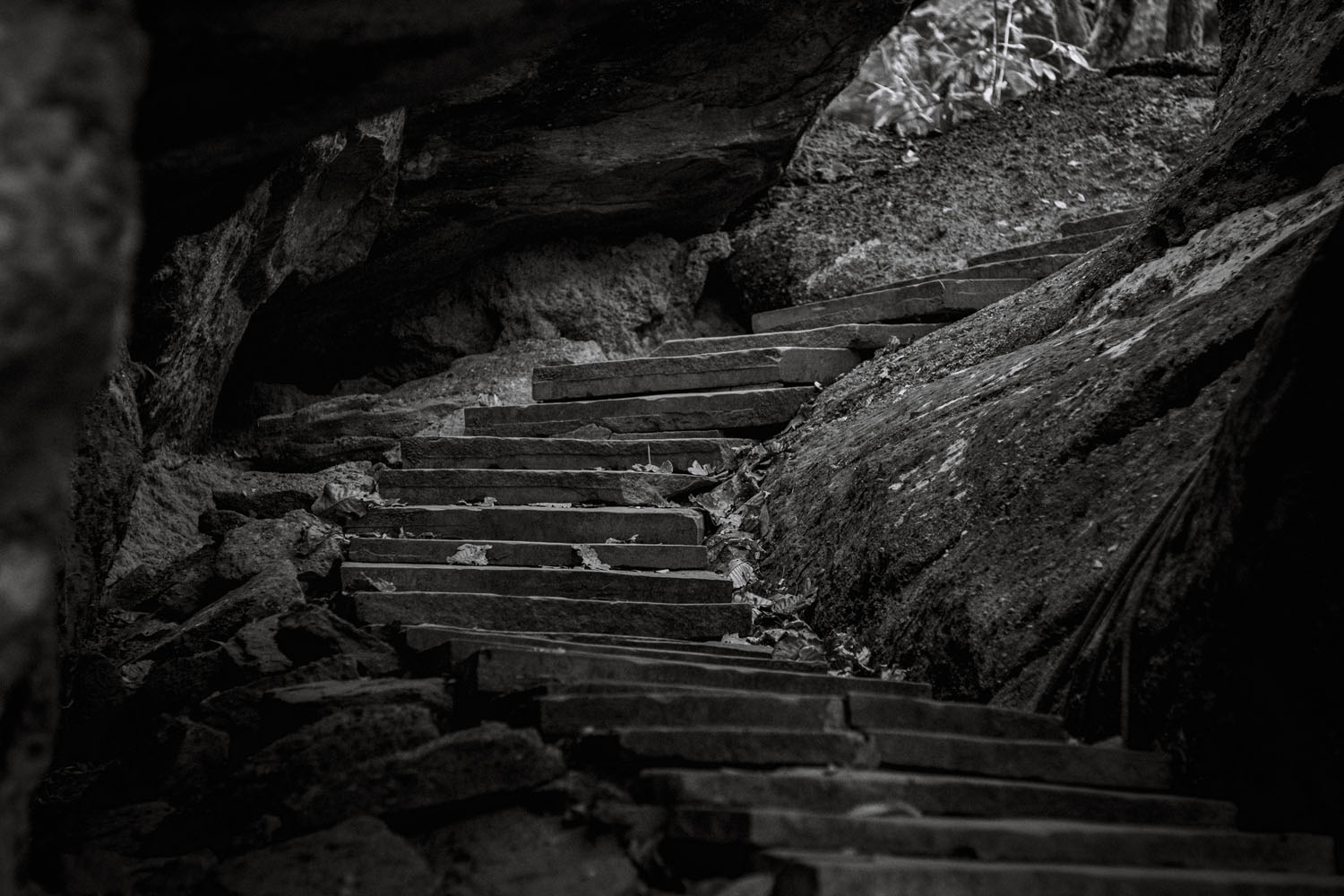
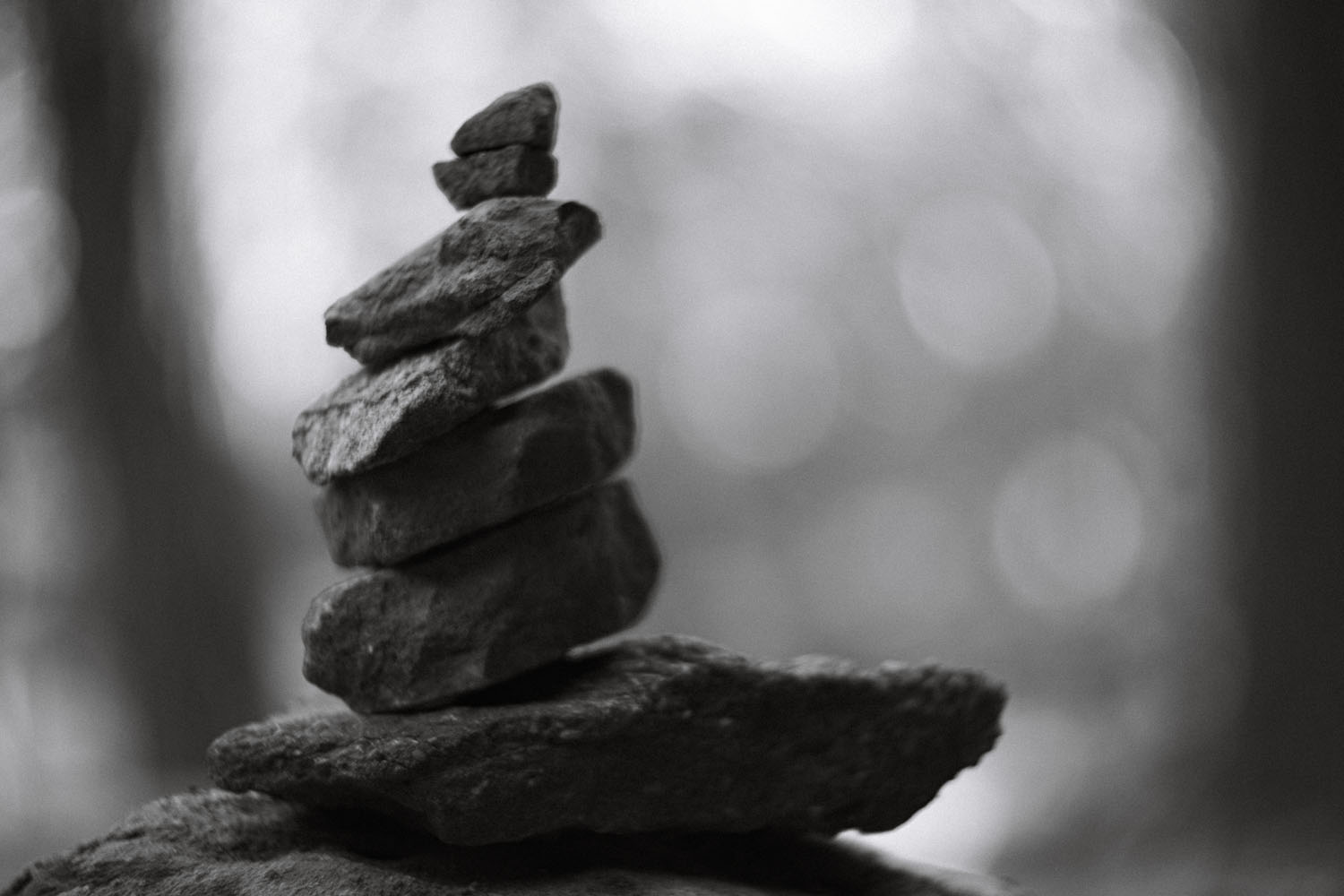
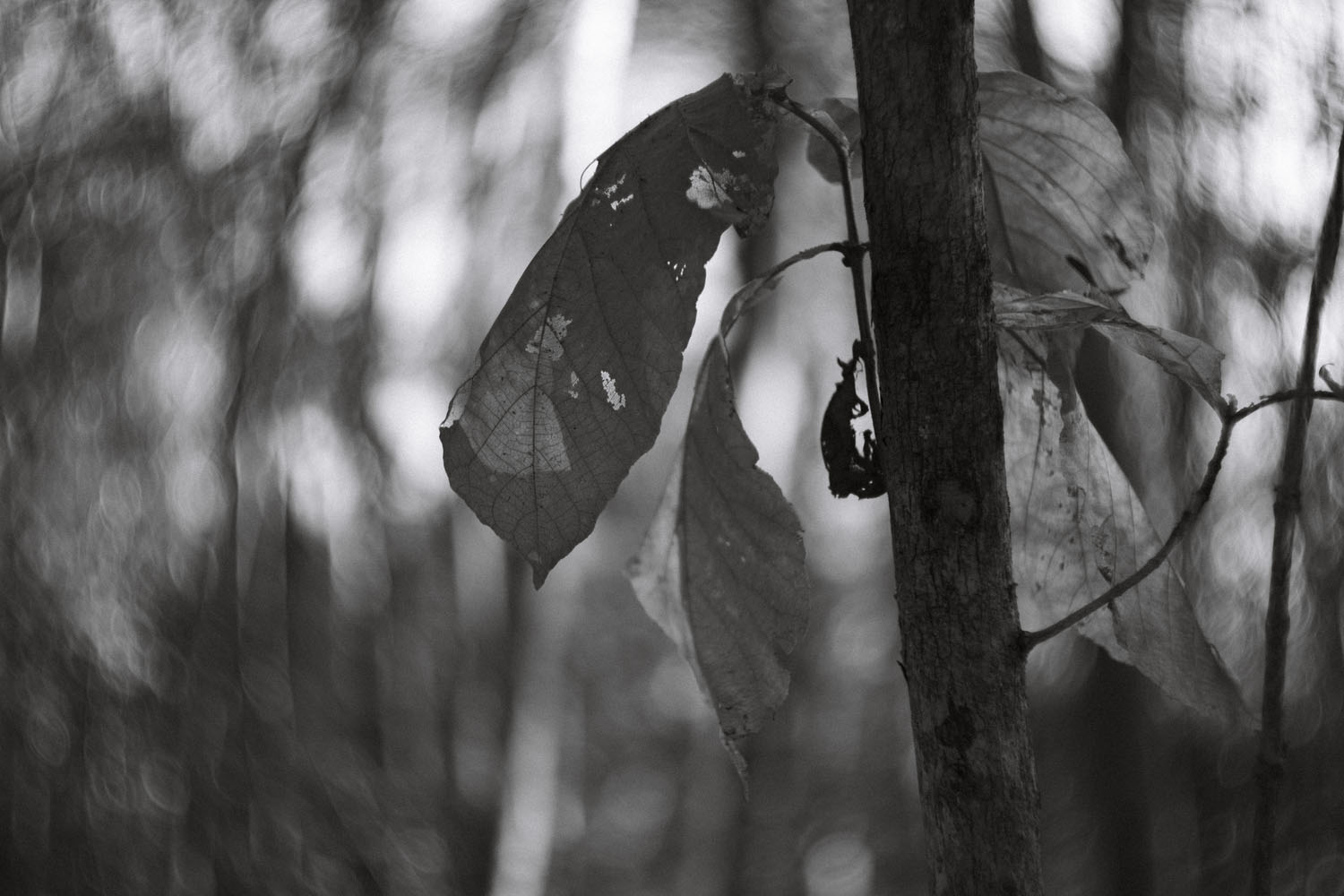
RIGHT: Fuji X-T5 . TTArtisan 75mmF1.5 . 1/2000″ . ISO 400
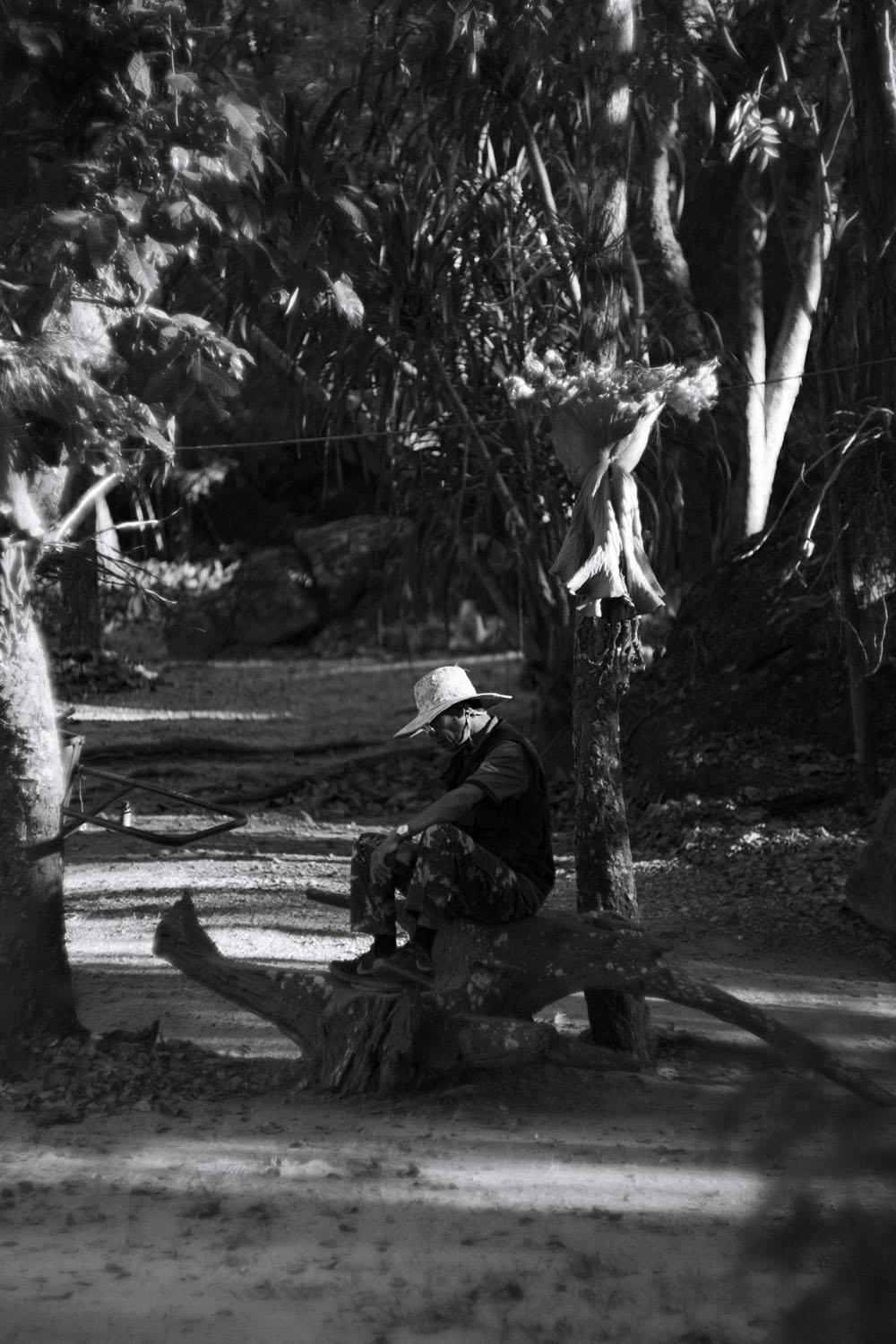
On to swirls, to create swirls, you need to be around 2-3m away from your subject, any closer and the lens will give your usual creamy bokeh – showing some nervousness when certain horizontal or vertical elements are close to the subject. This is by far the easiest to do from specular highlights, sunlight shining through foliage, and if you can place your subject on a path between foliage then this can accentuate the “whirlpool” effect of being sucked into the centre frame. If anyone is worried about not being able to create swirls due to our smaller APS-C sensor, you need not worry, though it does lend itself to head and shoulders rather than full body. On a final note, this lens will give the biggest red crescent flares you could ever imagine. A dealbreaker for some, but like its other “flaw”, makes this lens a must-buy in my book. It’s another string to your creative bow. This lens will never replace your 56mm F1.2 or 90mm F2 but it will offer you what those lenses can’t.

Usability
Earlier on I touched on how many of the features of the design were originally intended to minimise production – this also shows itself in the usability aspect too. The focusing is rudimentary design that does not take into account the increased weight of the front grouping, giving a less-than-smooth experience. Does it do the job? Of course it does, but it’s not the silky smooth experience or precise and tactile you can get elsewhere. For Fuji X series cameras having that single clicked aperture makes photography far easier, not that you will be changing it from F1.5 often. One of my biggest usability doubts was not in fact the focal length, I enjoy that 100mm focal length on Full-Frame and a lot of those 100mm ish lenses have unique defocus options such as Sony’s 100mm STF (Smooth Transition Focus) and Canon’s 100mm RF Macro with its SA control ring (Spherical Aberration) and this 75mm Swirly Bokeh fills that gap nicely here on Fuji X. What I was most worried about was the 0.75m close focus. However, at 75mm on APS-C 0.75m actually ends up being a very close focusing lens for something with no macro reproduction capabilities. I often found myself having to pull back or step back even when I looked into the EVF, often overestimating how close I needed to be to fill my frame. The truth is I can complain about the focusing on this lens but when I see the price tag I believe it is what is expected (if not better) and compared to vintage lenses with worn out helicoids or hardened grease (that could well cost the price of this lens for a CLA) it becomes a more grounded choice. In terms of optical usability – there is none outside of creating swirls. Almost any “normal” lens made in the past decade will be a better lens than this for anything other than creating swirls.
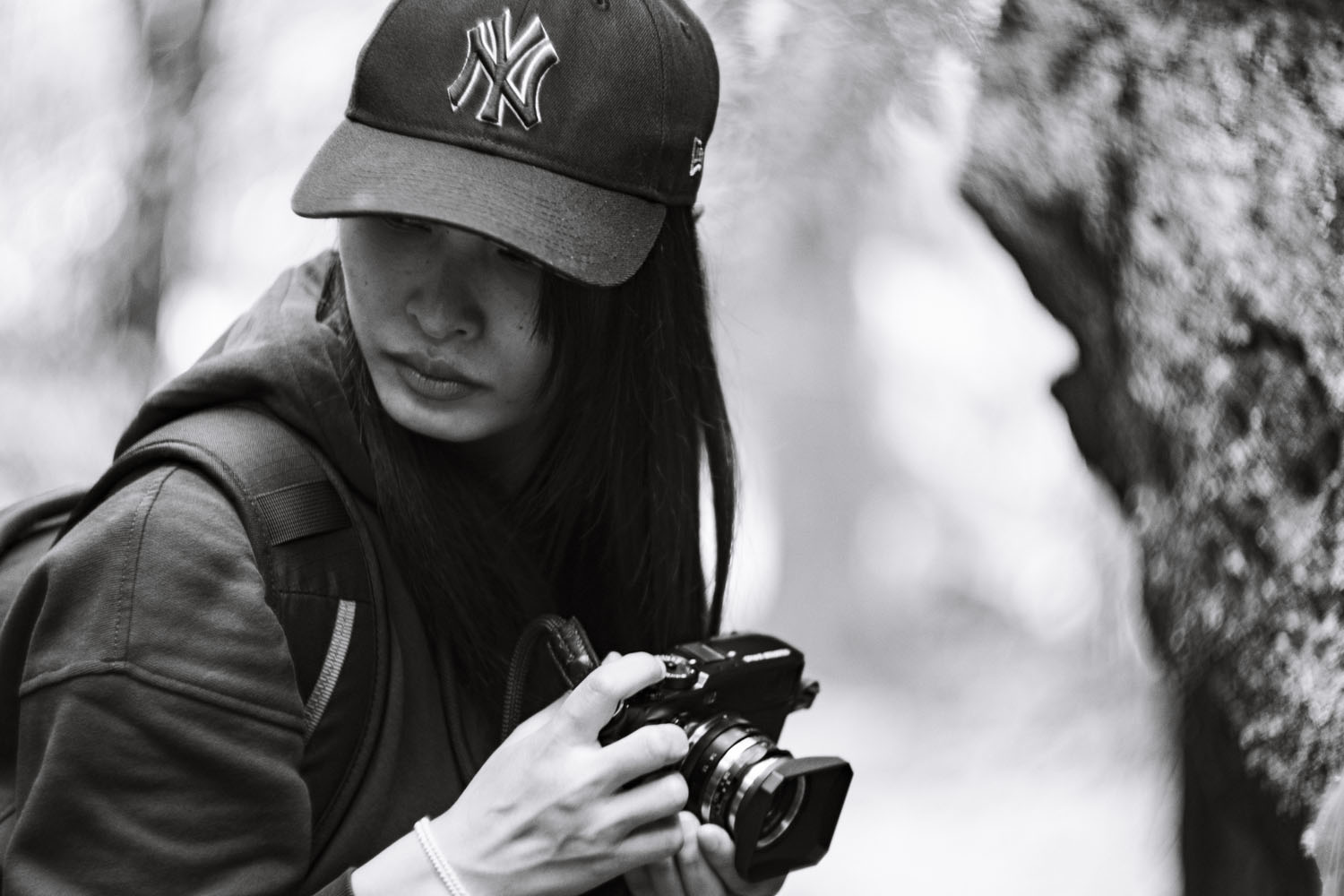
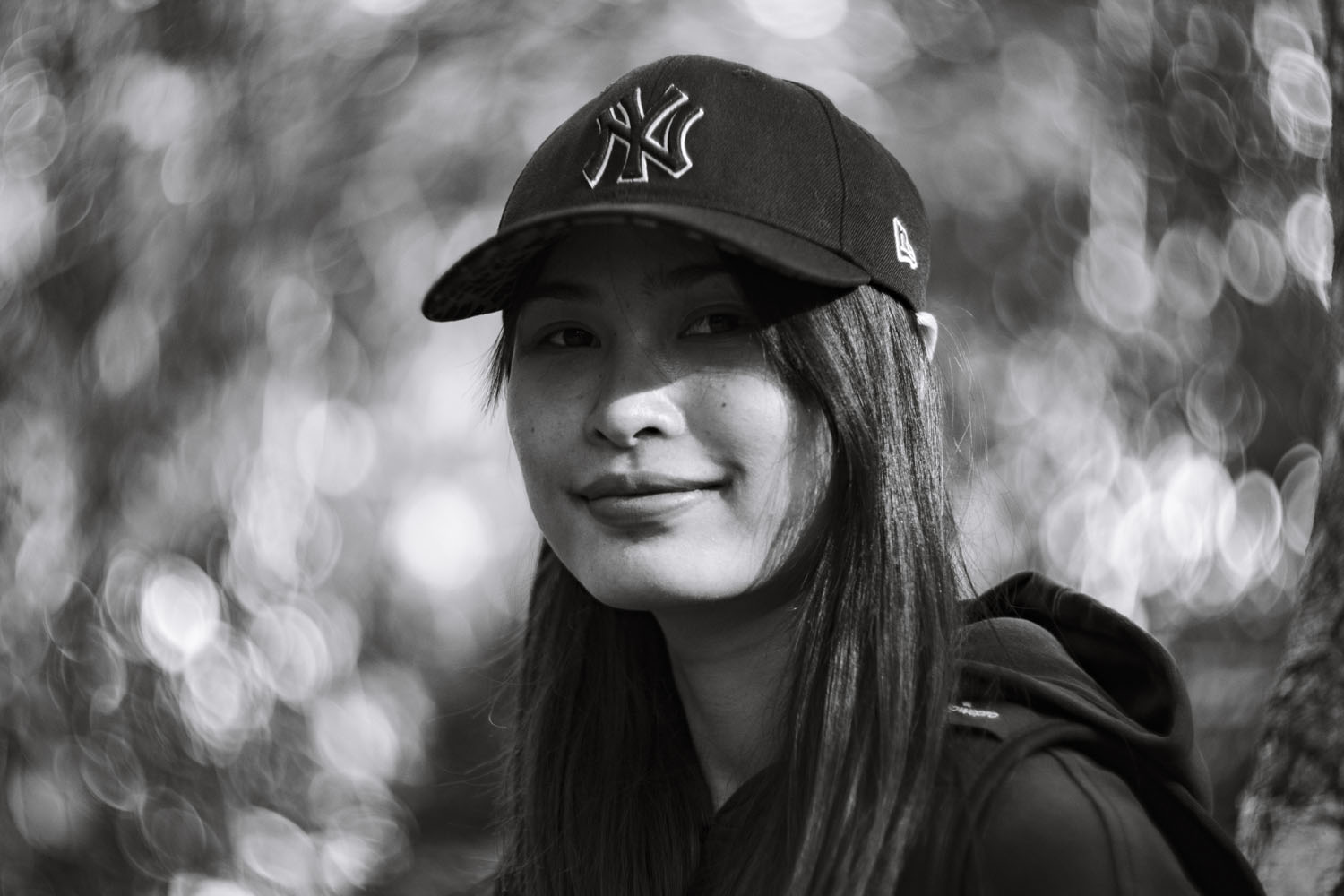
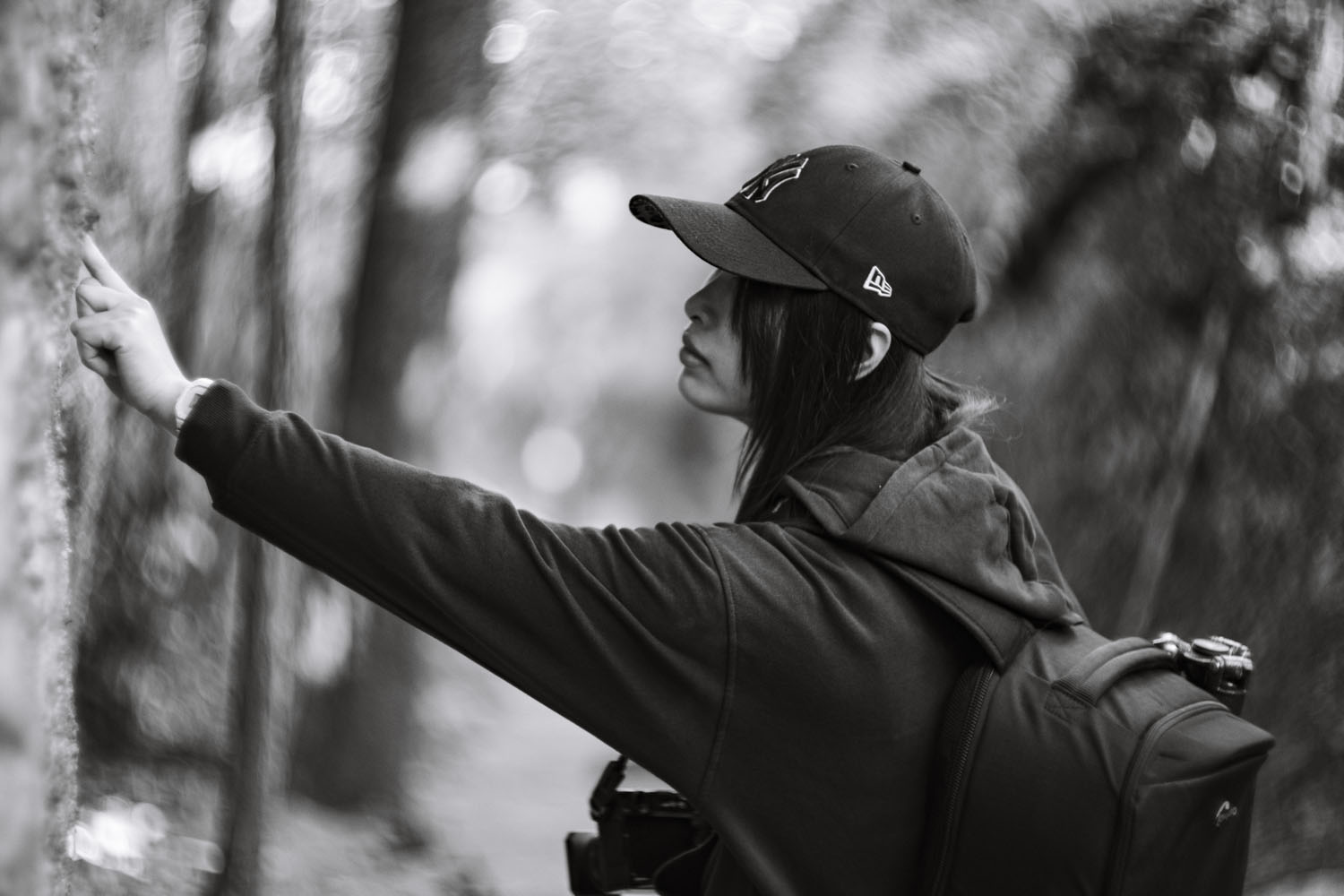
RIGHT: Fuji X-T5 . TTArtisan 75mmF1.5 . 1/250″ . ISO 500
Final Thoughts
I think that the moment you see the swirl and the price tag, you know if you want this lens or not. I could easily give this lens a hard time, in fact, as I have stated, it is really pretty useless outside of making swirls. But who cares? This lens is made for making swirls. You’re buying this lens for the swirls. At $250 I think that is a fair amount for admittance into a club whose entry fees have been in the multiple thousands prior to this. Sure, the Jupiter 9 and Helios 44-2 get close, but those are a roulette as to whether you will find a good copy or not, and the good ones are getting harder to find, often being rehoused for cinema or going into collections and never seeing the light of day. When I started photographing, a Helios 44-2 was $5 and usually came with a free camera, a good Jupiter 9 under $100. Those days are well and truly gone, and whilst skepticism is rightfully there (towards these Chinese-made lenses) and none of these lenses are “time-tested” being released only in the past year or two, with results like these and many in the community (not just myself) pleased with what we are getting it makes the crazy prices of vintage seem ever more unbearable.
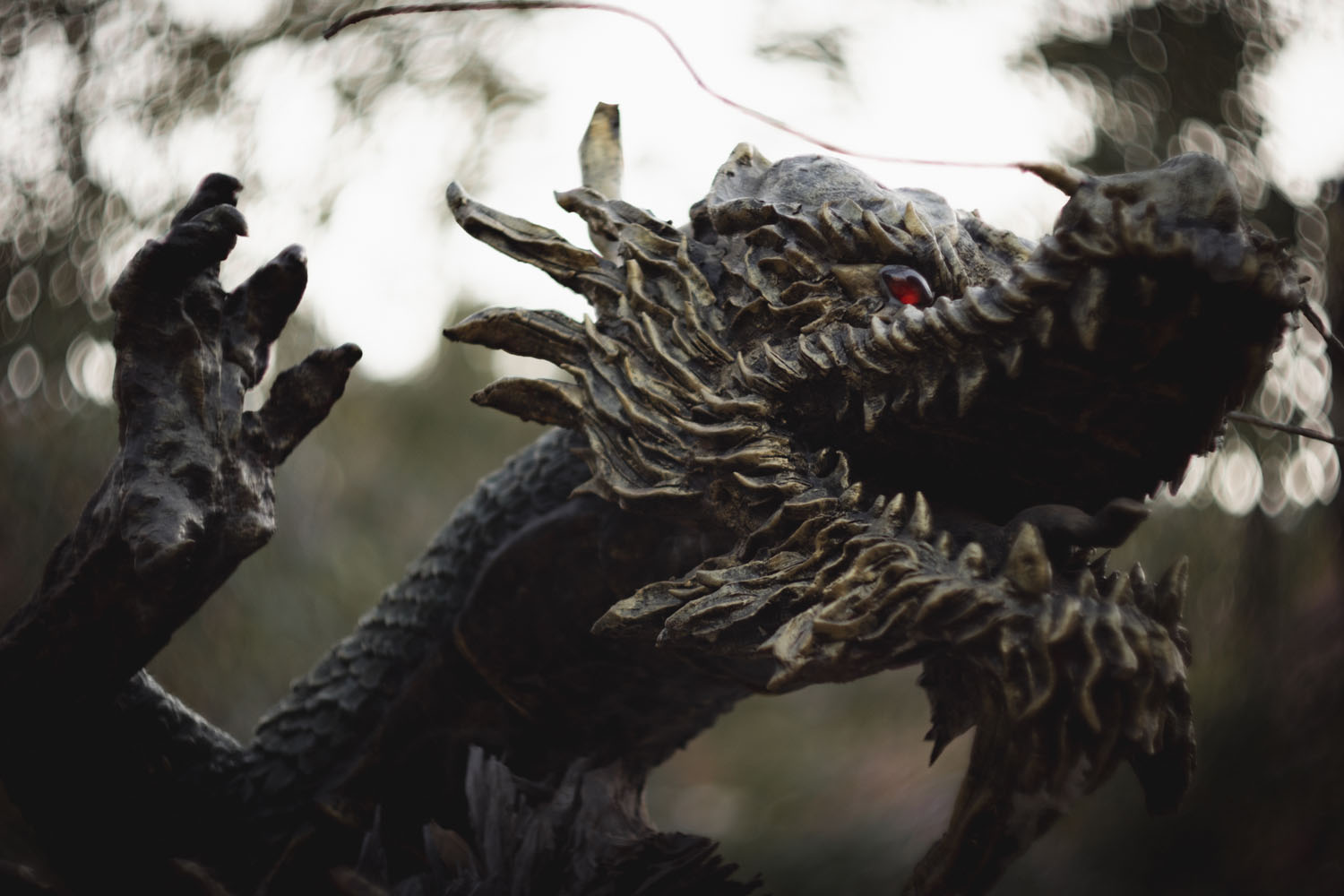
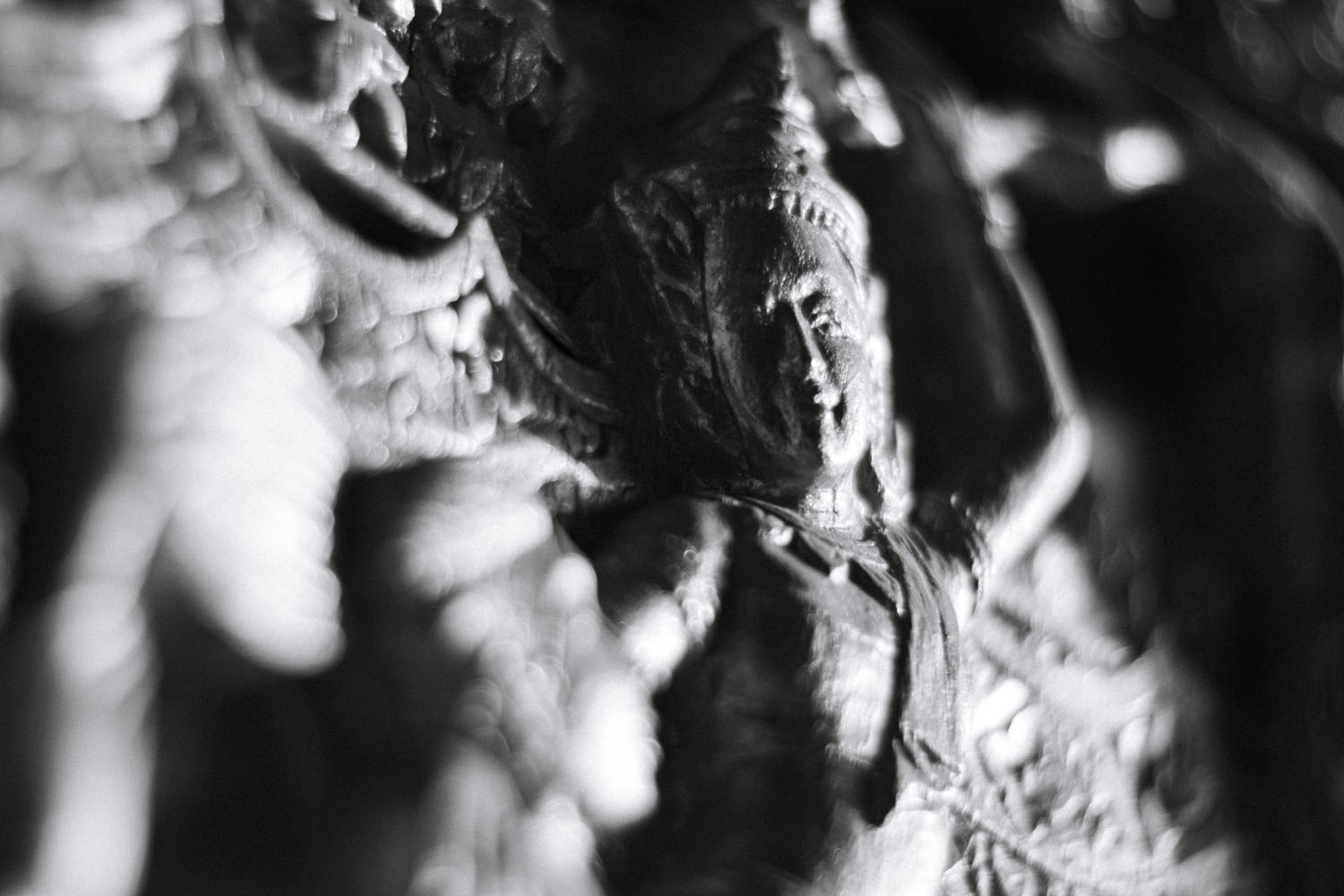
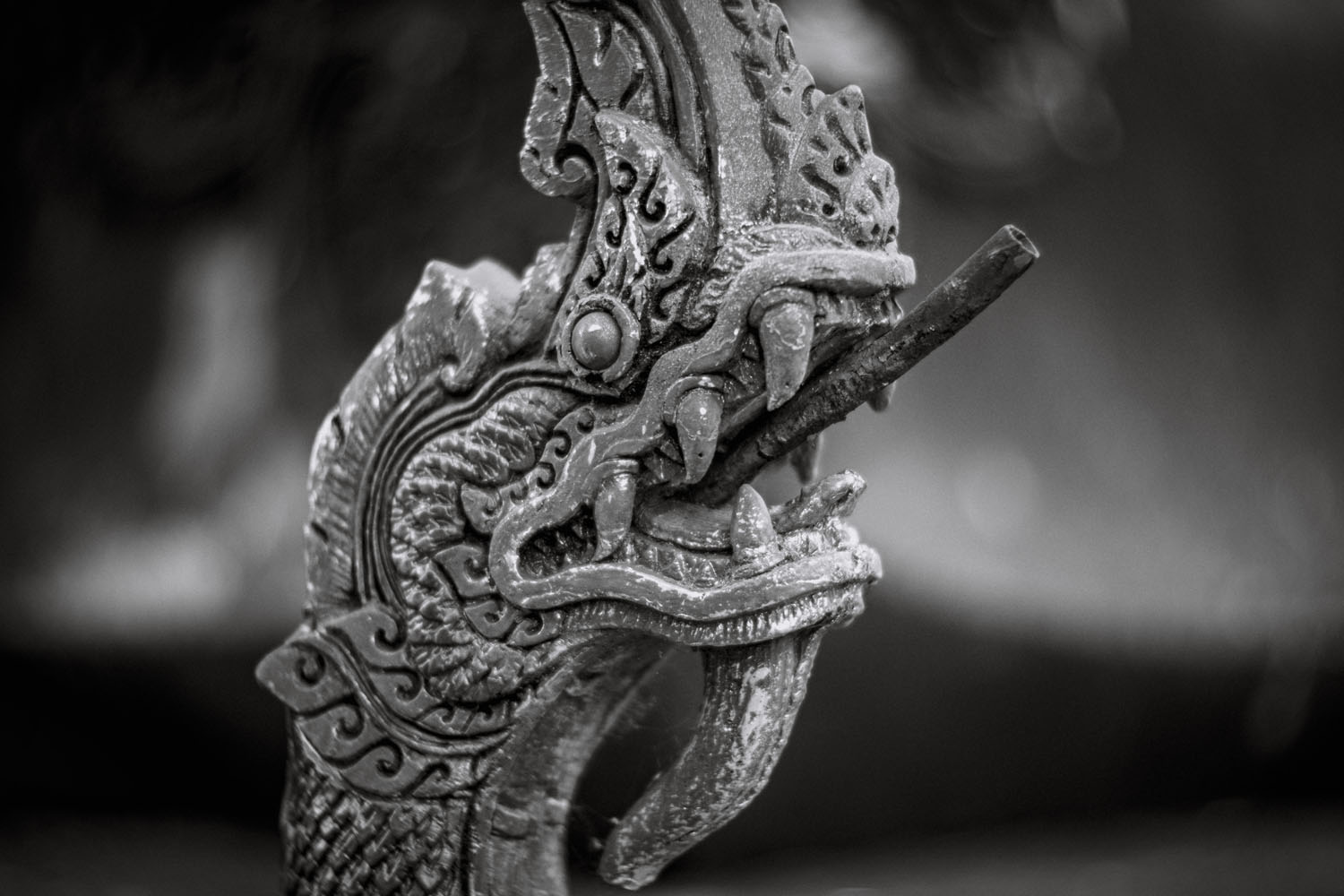
RIGHT: Fuji X-T5 . TTArtisan 75mmF1.5 . 1/420″ . ISO 500

This lens, no matter what anyone may say about it, is the perfect choice for turning what could be a boring walk in the park or the woods into a creative trip akin to a Hendrix track at full volume. Sometimes, that’s what your creativity needs.
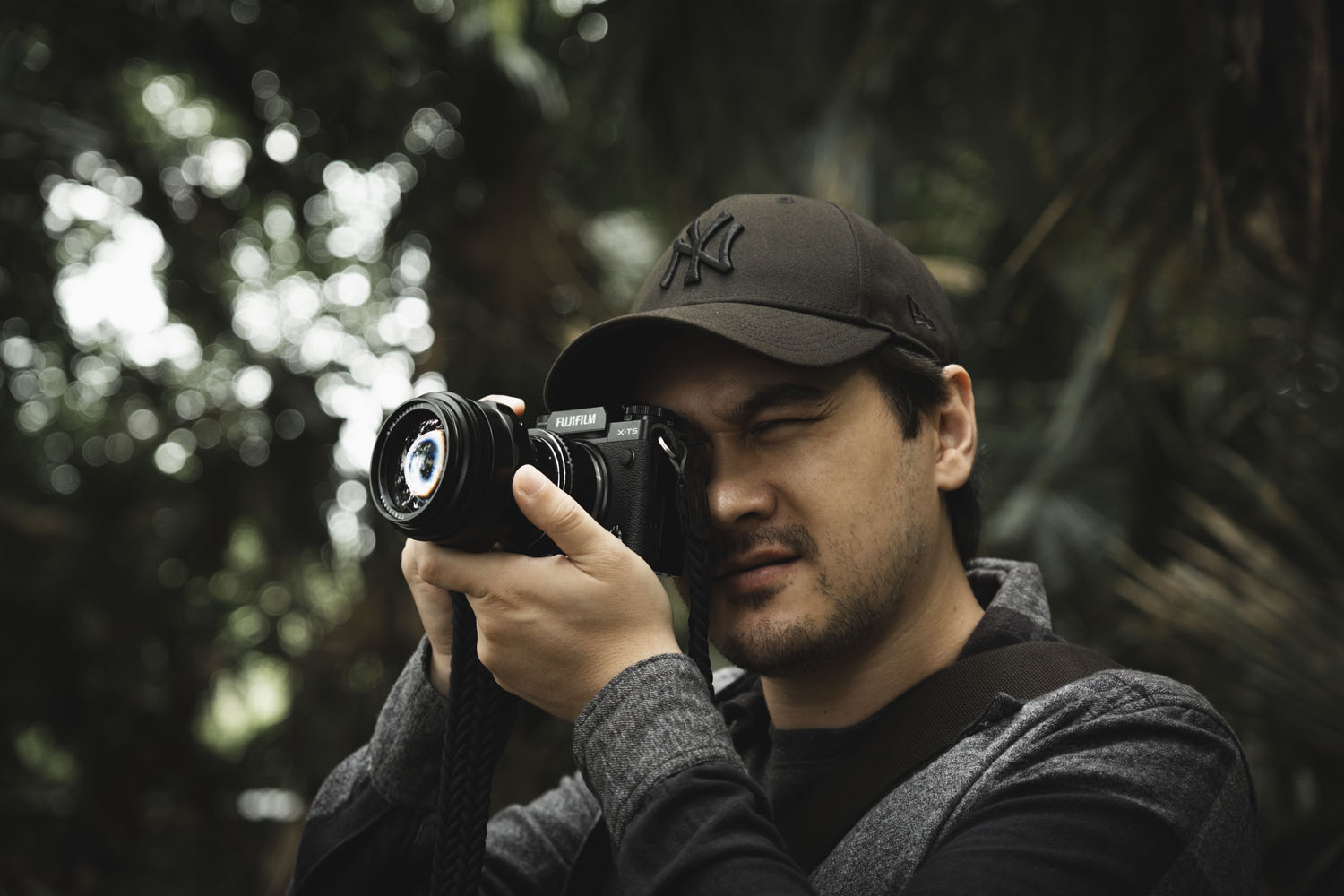
I would like to thank TTArtisan for providing me with this lens, however the opinions expressed are my own. If you would like to purchase this lens, then you can find it for sale on TTArtisan’s website – TTArtisan 75mm F1.5 “Swirly Bokeh”
If this review or any of my other articles have helped you in any way please consider buying me a coffee where the donations will go towards keeping my project “Soul of the Planet, Heart of the People” alive. I am documenting the rapid degradation of a 3,500 year tradition of subsistence farming culture in Isaan, Thailand, due to ecological, economical and climate changes.
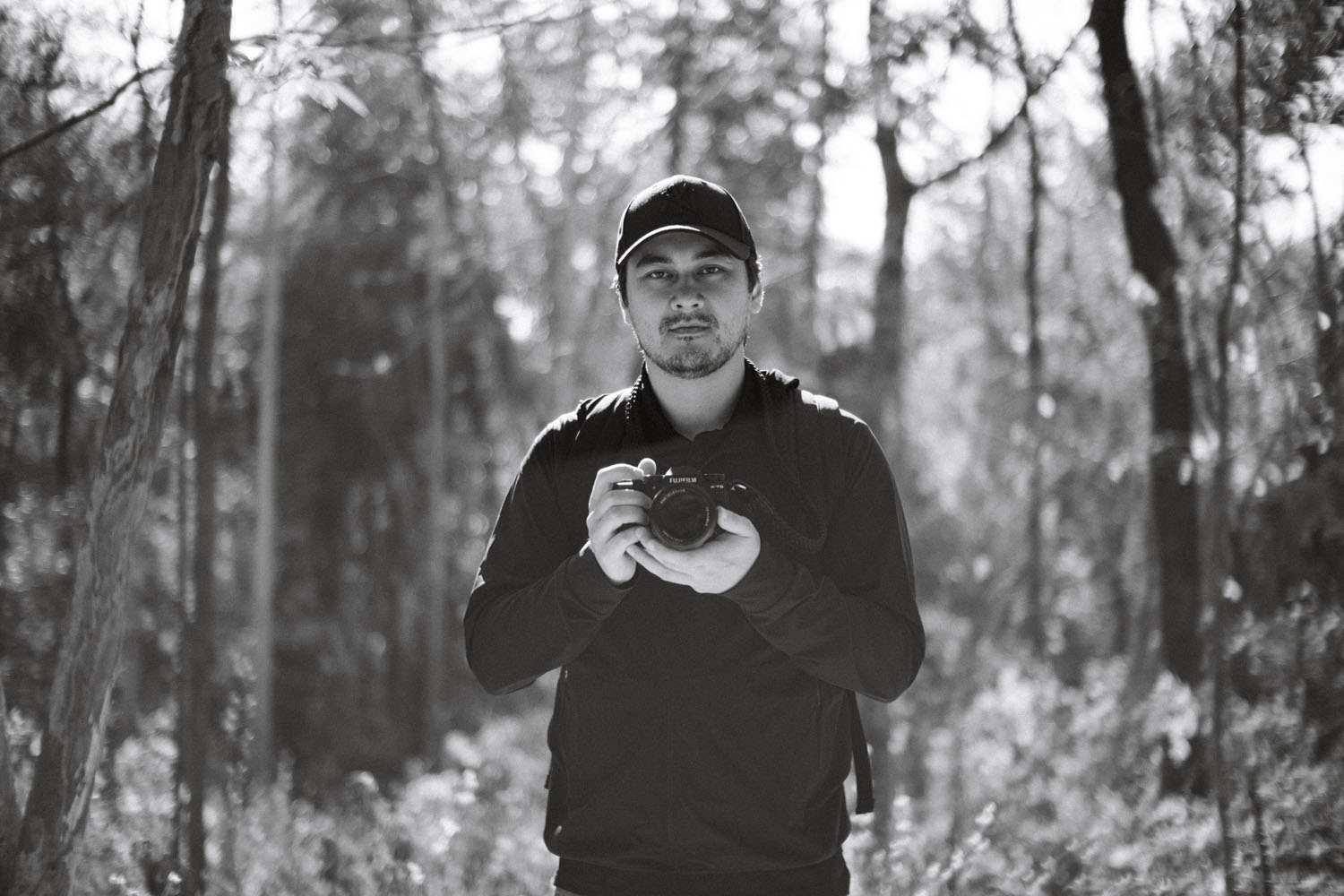
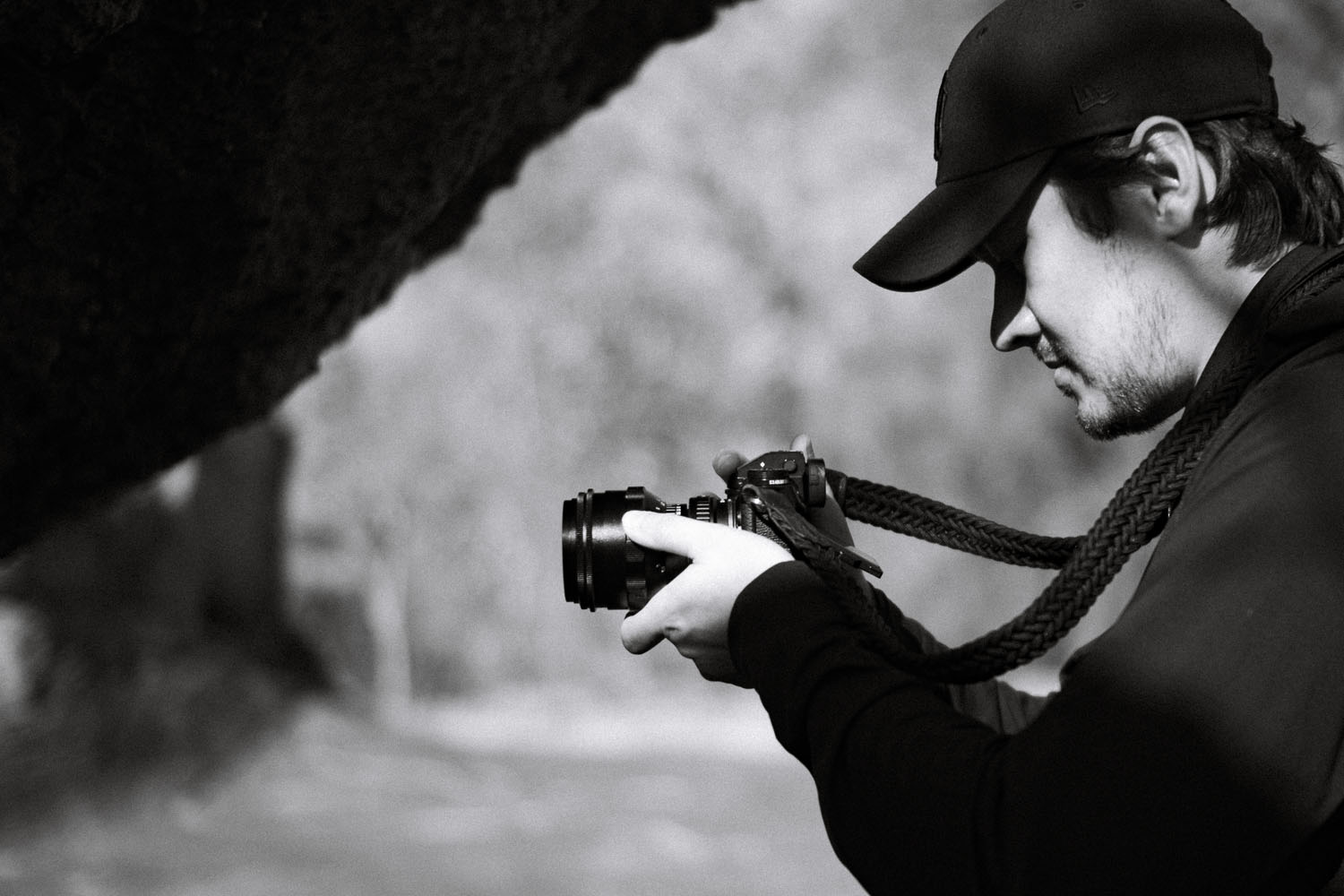

Dual British-Thai national, David Roberts learned his photographic chops from his time in Japan. His style is a proud mix of the Shinjuku scene mixed with influences of Life and Magnum photographers past. He prides himself on his ability to marry the artistic, technical and philosophical aspects of photography. Milestones include creating DRobertsPhoto.com and his first zine “Simple Nothings” in 2017 rapidly followed by his second zine “From Nippon With Love” the following year. Currently working on “Soul of the Planet. Heart of the People” documenting the modernisation of a Thai way of life that goes back to 1,500 BC.



